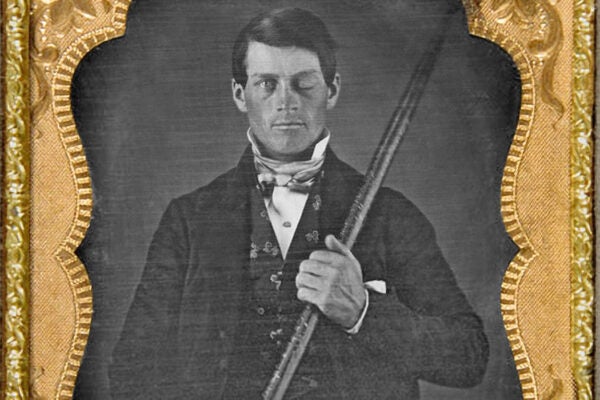Looking toward 2030 (The Conversation)
by Dudley L. Poston Jr.
What will the U.S. population look like at the end of this new decade? Demographic projections suggest there will be more people over 100, lots more old white people, and many more young Hispanic families.
Yes, the Australia fires are very bad news (Scientific American)
by Nerilie Abram
Australia has always had fires, but the ones this year are part of a very new, very bad escalation. Continuing climate change means it’s going to get a lot worse.
The mystery of effective knot-tying (NPR)
by Nell Greenfieldboyce
Sailors and outdoorspeople have been experimenting with different kinds of knots for hundreds of years, but scientists have trouble explaining why they work the way they do. Now, a new color-changing fiber is helping them figure it out.
Navigating the afterlife in ancient Egypt (The New York Times)
by Franz Lidz
Navigating the ancient Egyptian afterlife required knowledge of incantations, theology, and the physical layout of the underworld. People used a guidebook to figure it out, and now archeologists have unearthed the earliest known edition.
Bright feathers on tiny babies (The Atlantic)
by Ed Yong
Baby American Coots have bright-colored feathers. That’s kind of weird, since most birds only use bright displays as adults. What’s weirder is the baby birds are apparently advertising how weak they are.
Got a hot tip about a well-researched story that belongs on this list? Email us here.






